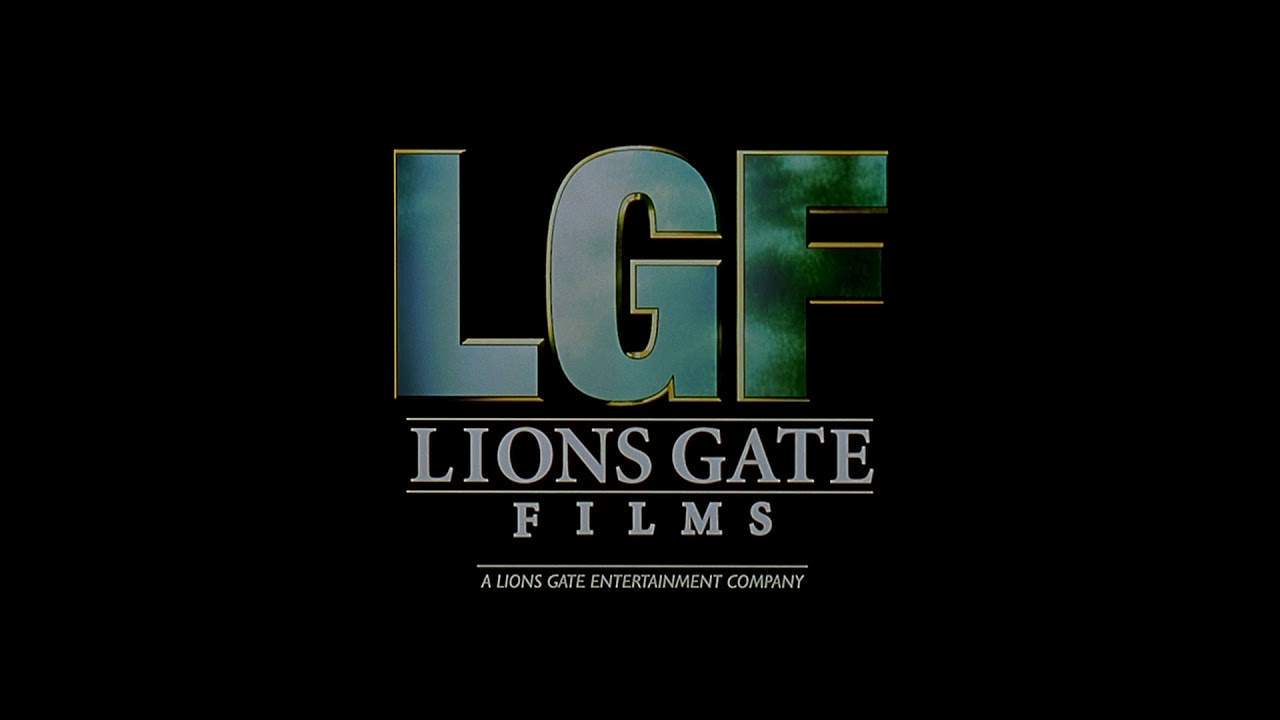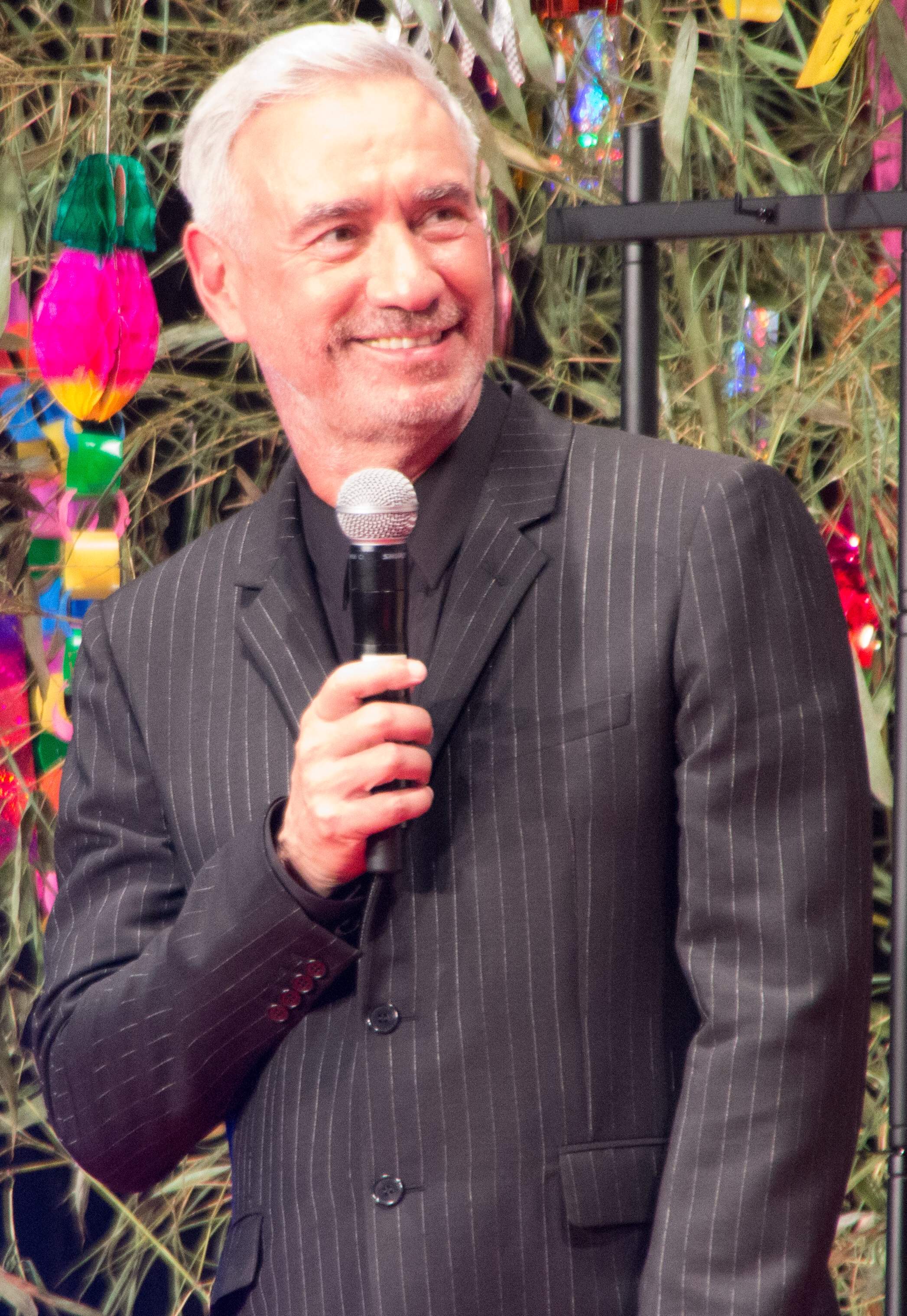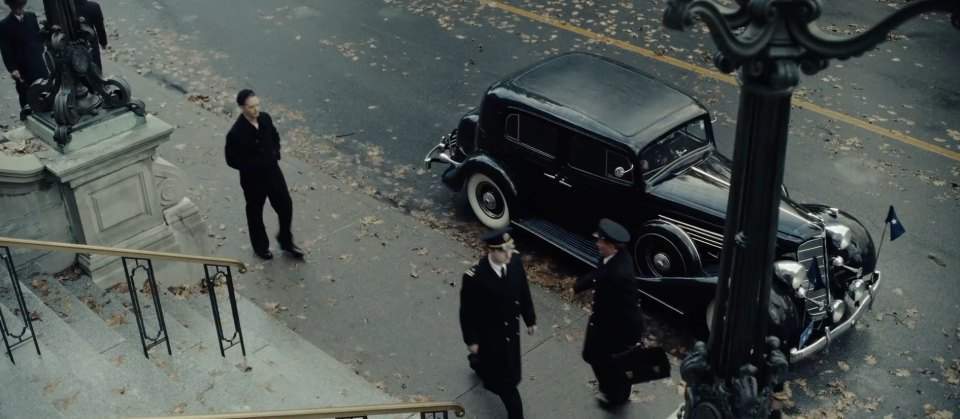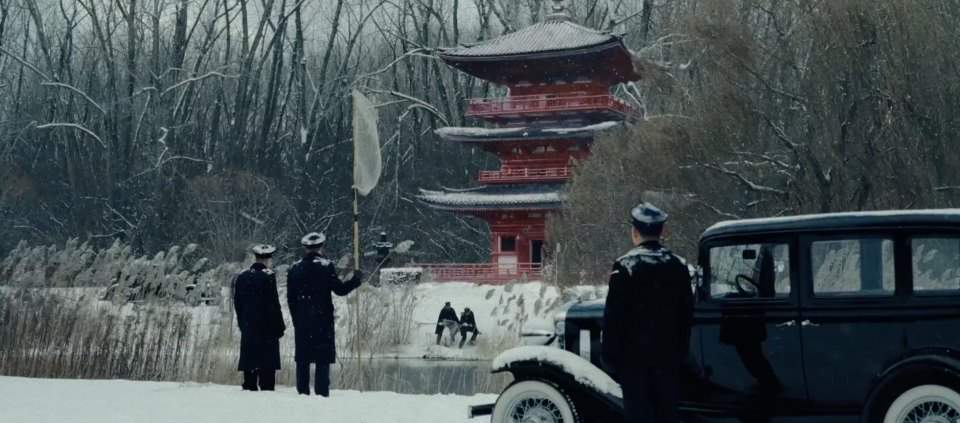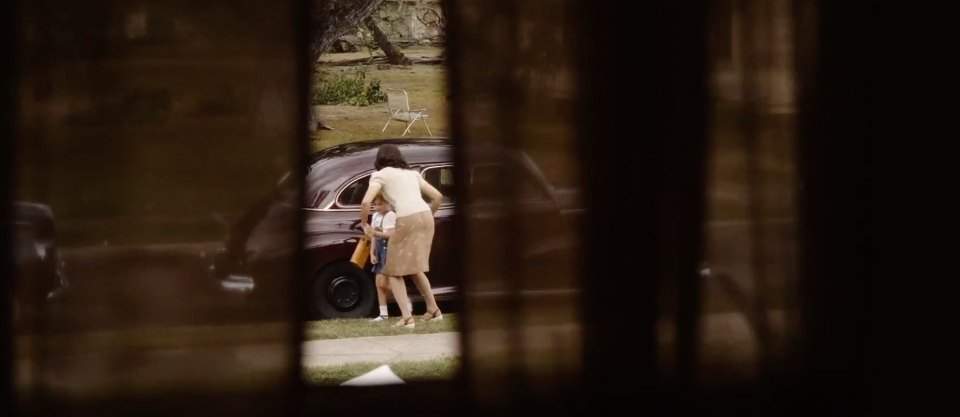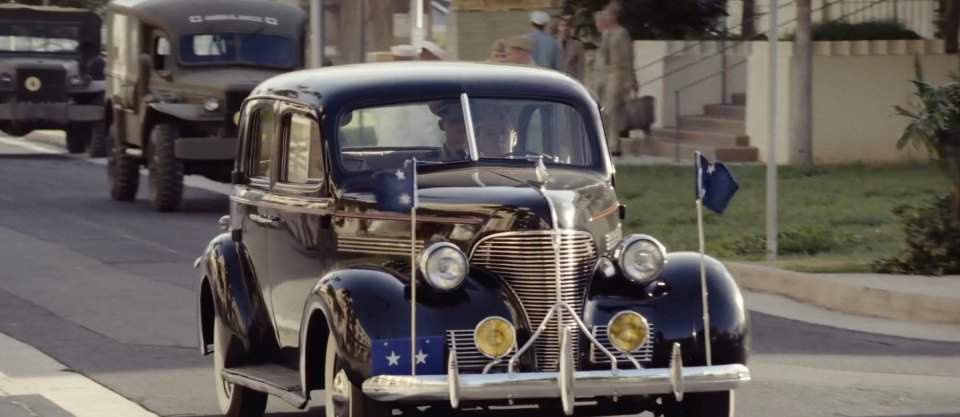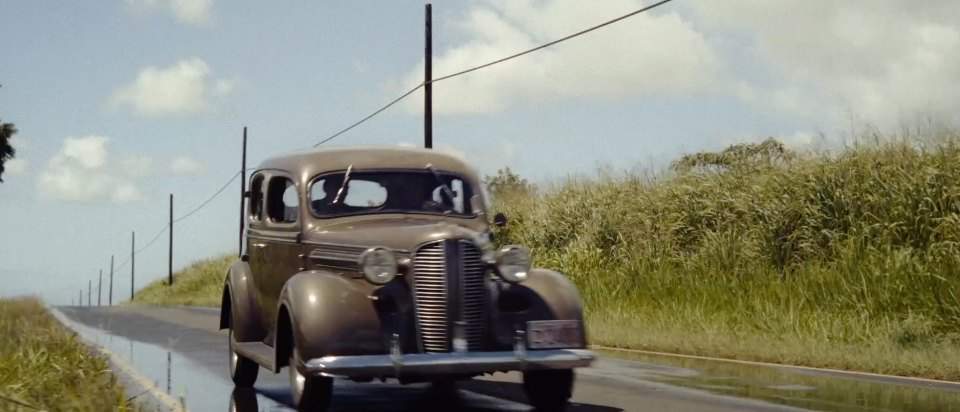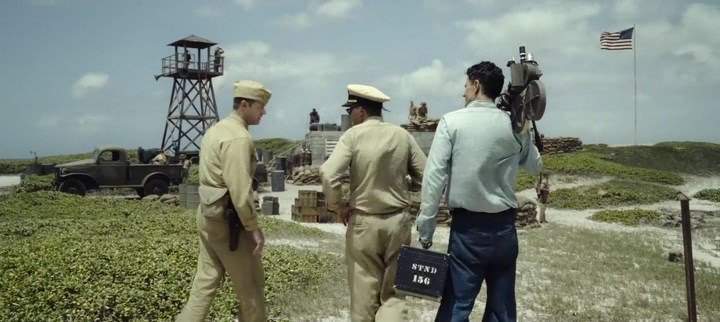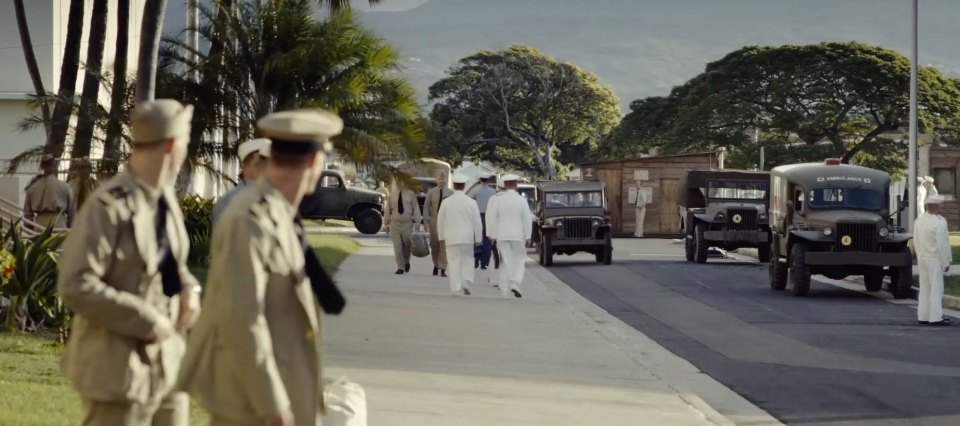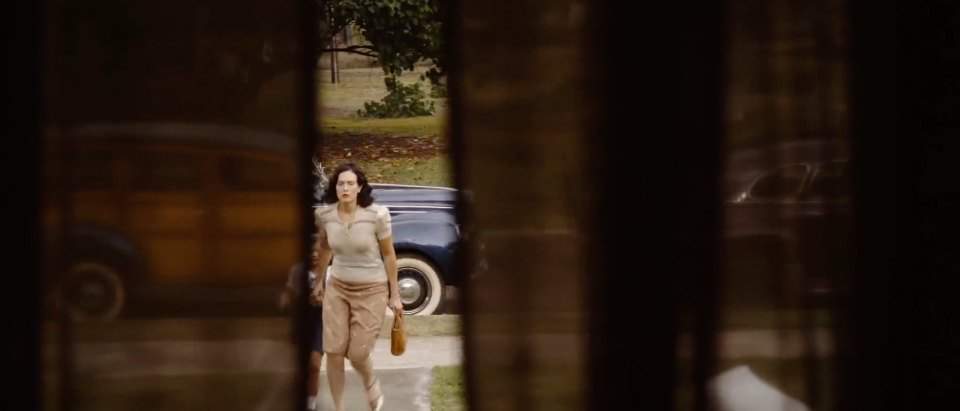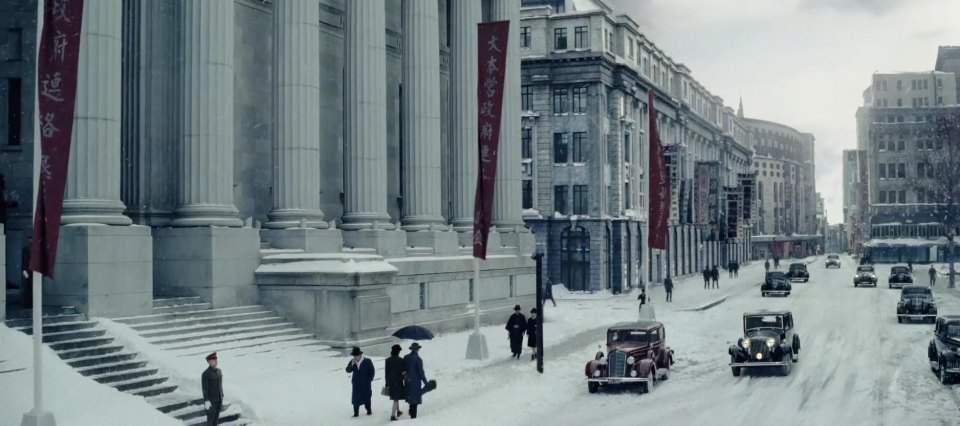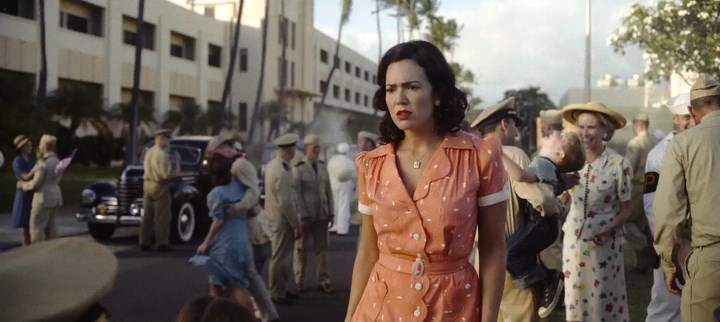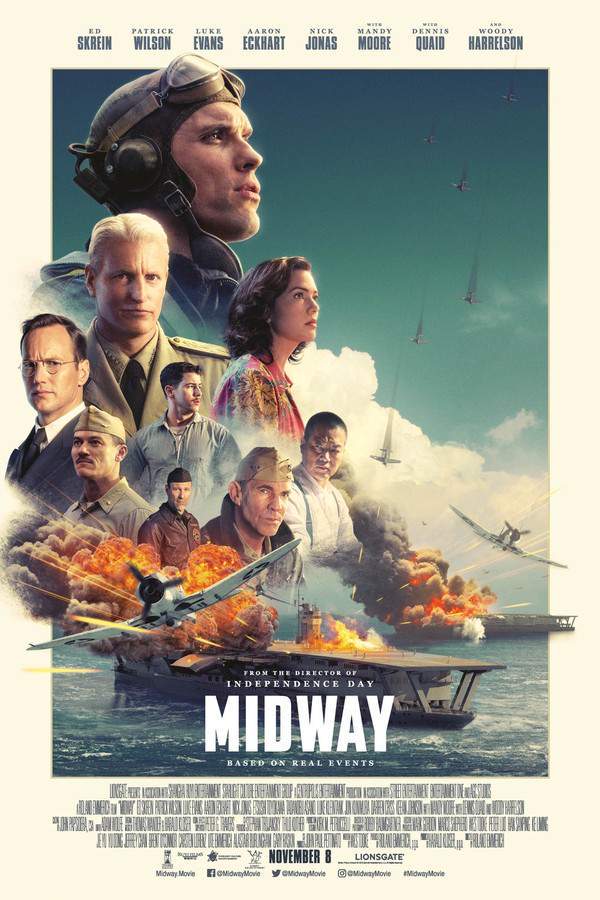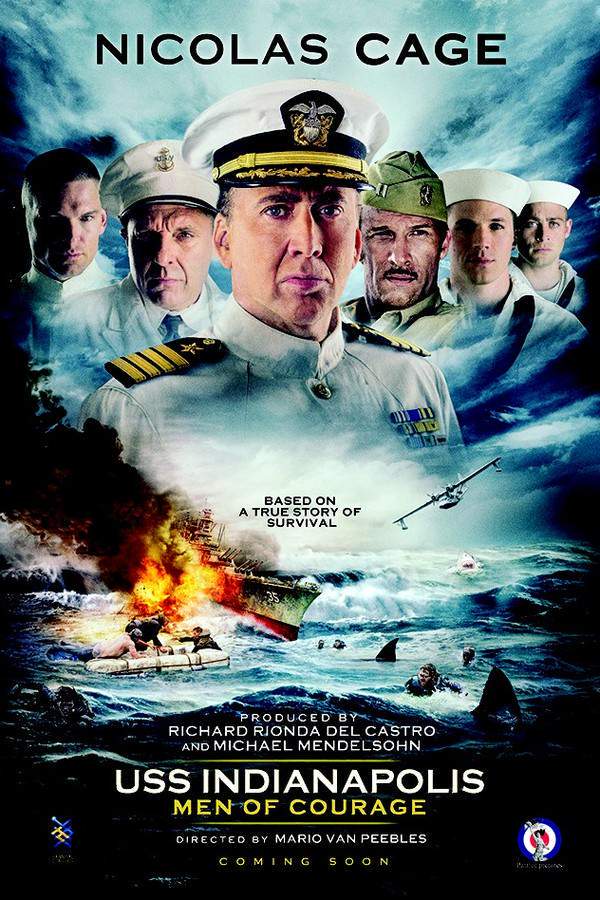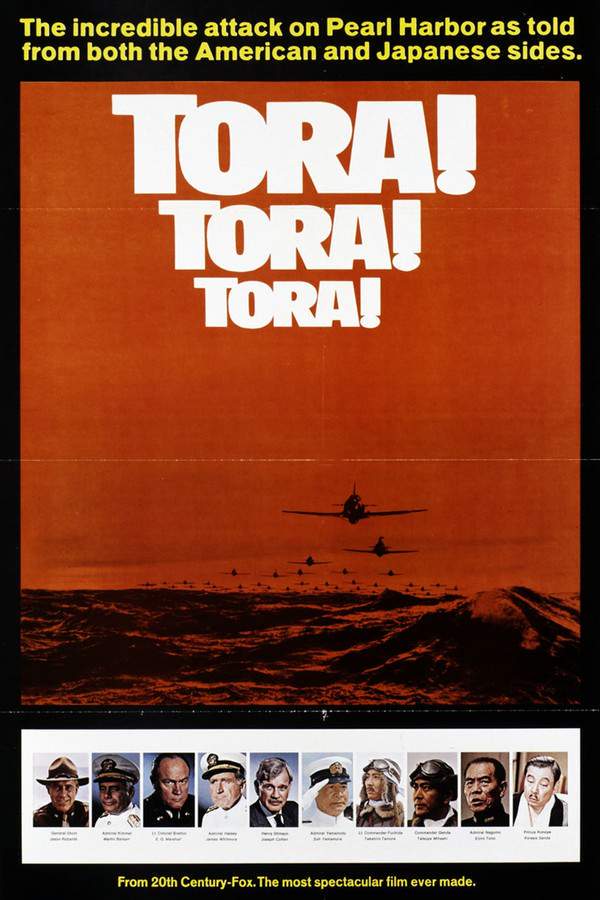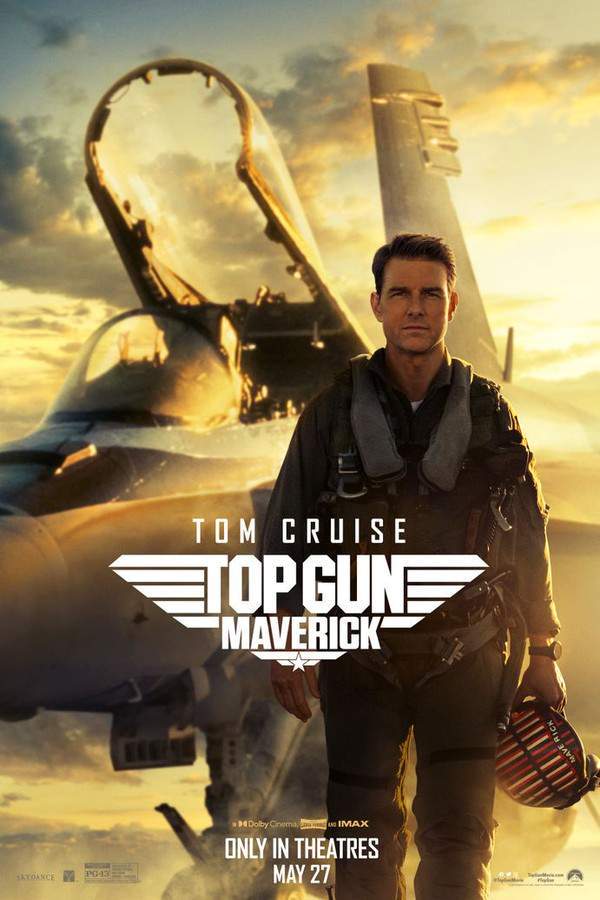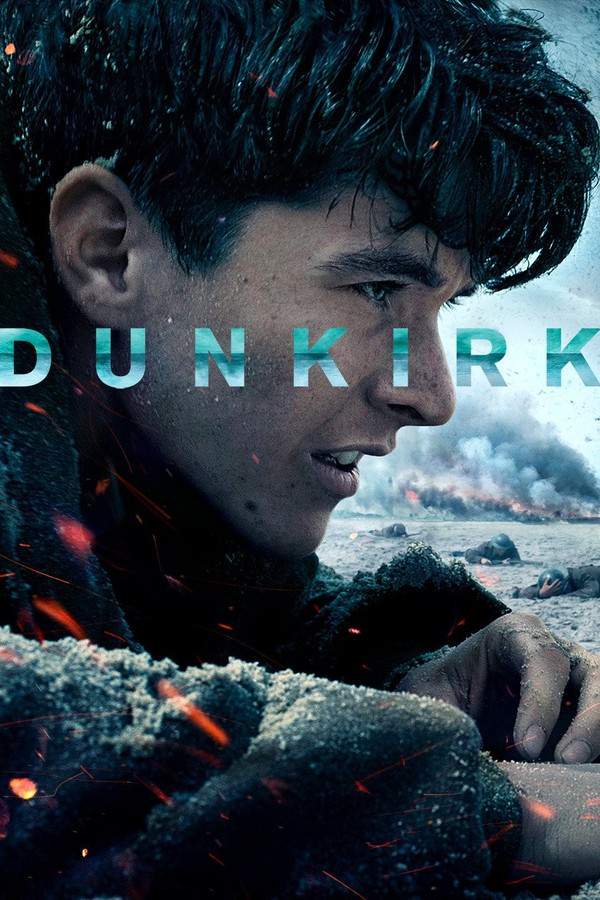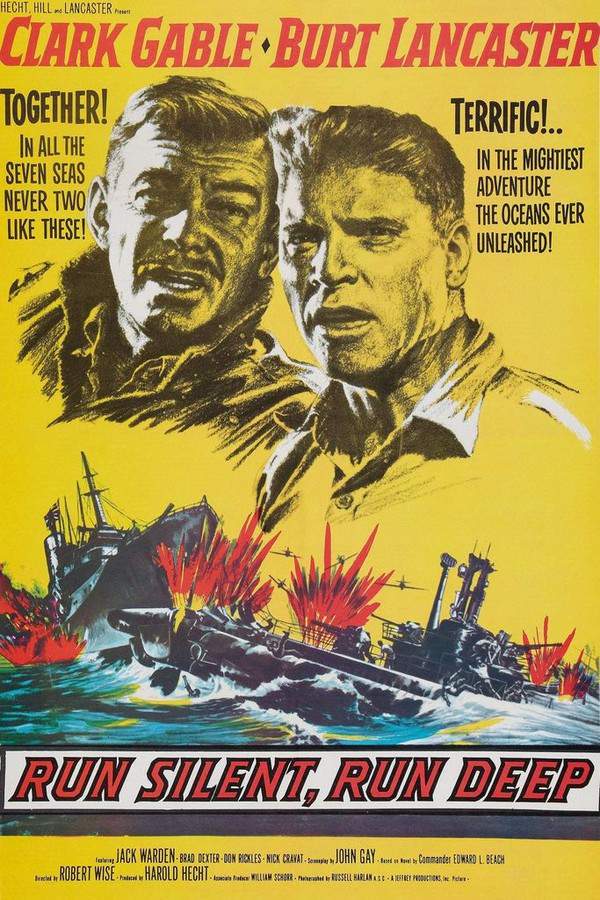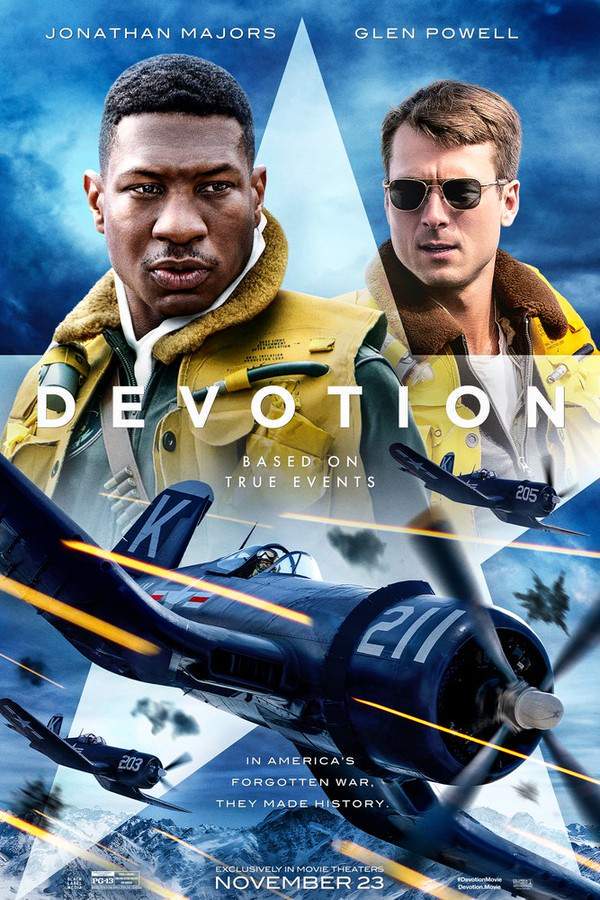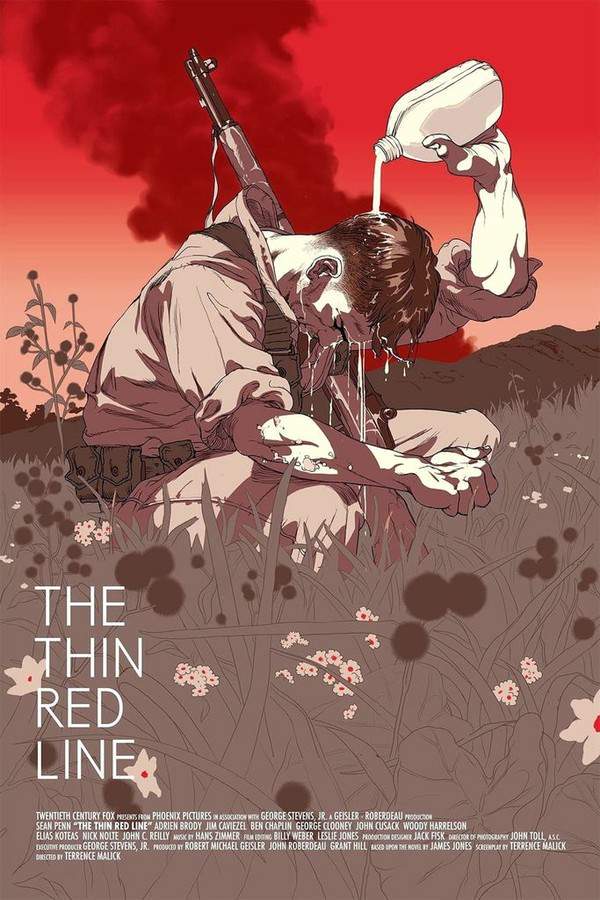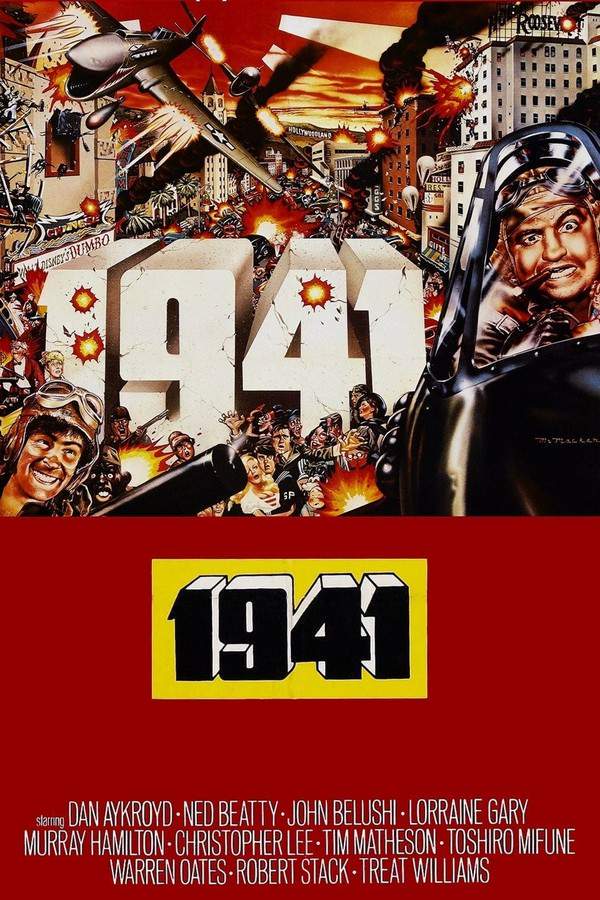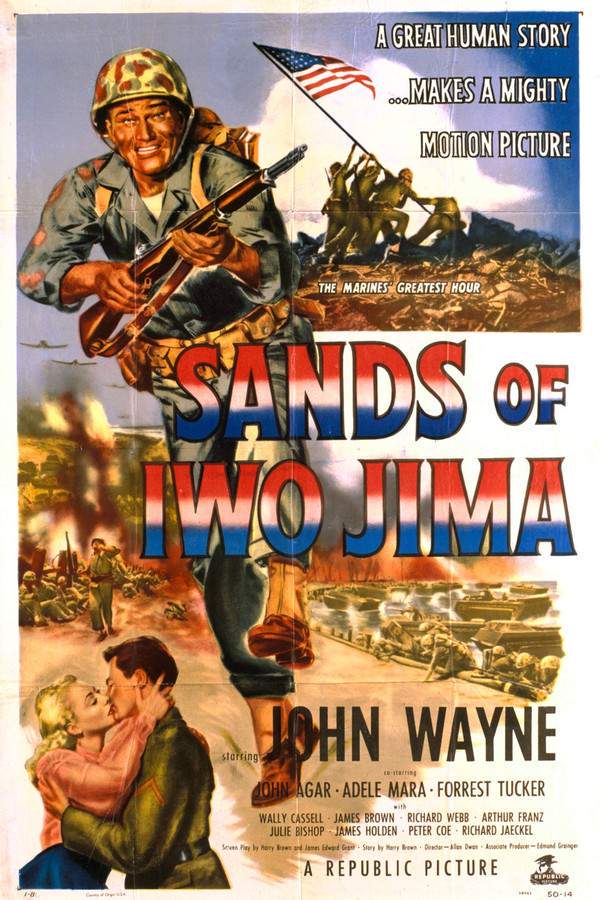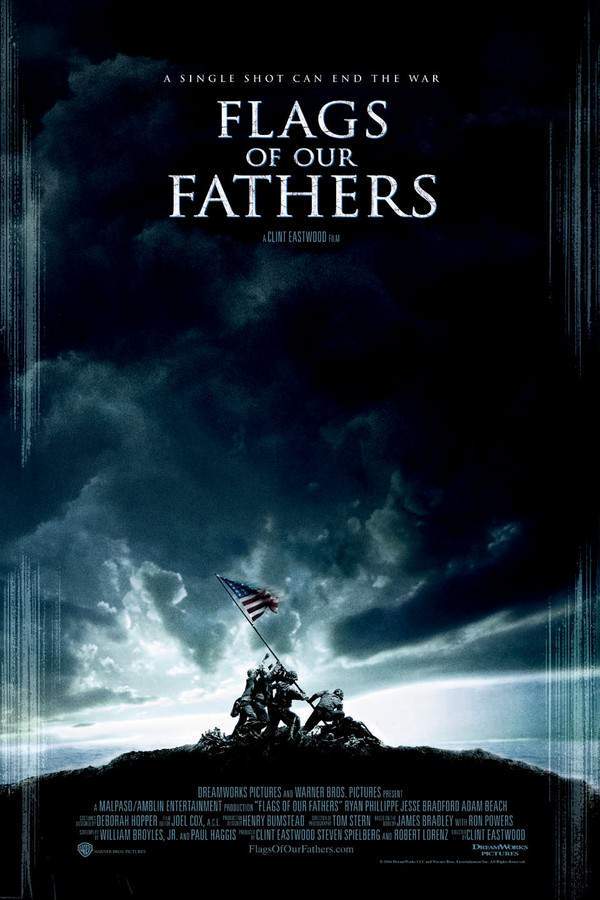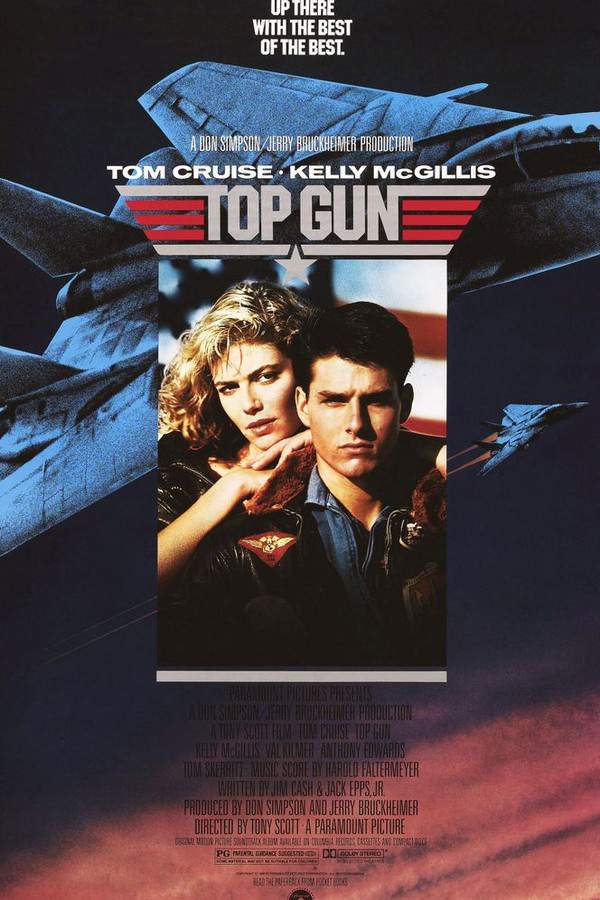Midway 2019
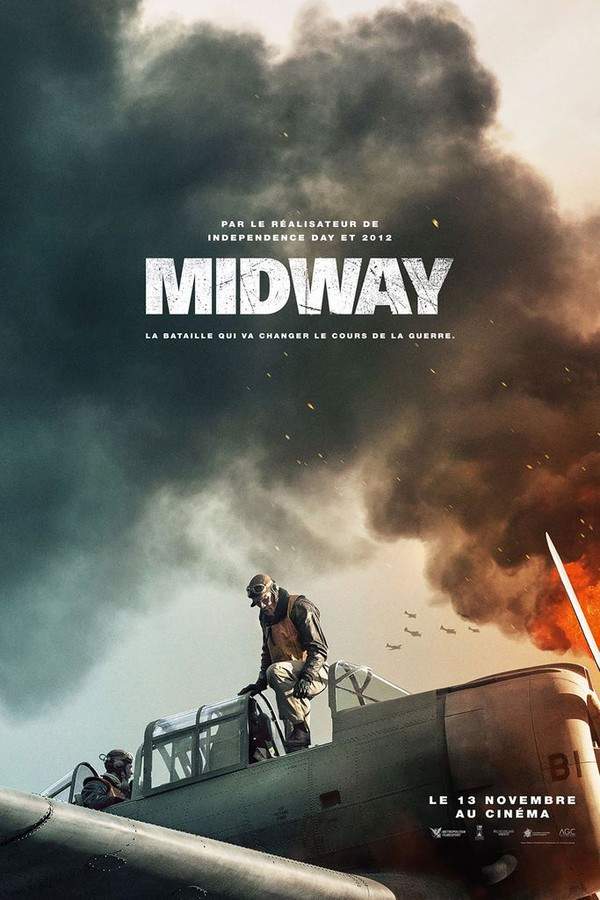
In June 1942, the clash at Midway became a pivotal moment in the Pacific Theater of World War II. This film recounts the true story of the American forces facing a formidable Japanese fleet, highlighting the courage and determination of the leaders and soldiers involved. Against overwhelming odds, their bravery and strategic decisions proved crucial in changing the course of the war and marking a turning point in the conflict.
Does Midway have end credit scenes?
No!
Midway does not have end credit scenes. You can leave when the credits roll.
Meet the Full Cast and Actors of Midway
Explore the complete cast of Midway, including both lead and supporting actors. Learn who plays each character, discover their past roles and achievements, and find out what makes this ensemble cast stand out in the world of film and television.

Ed Skrein
Dick Best
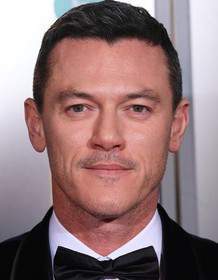
Luke Evans
Wade McClusky
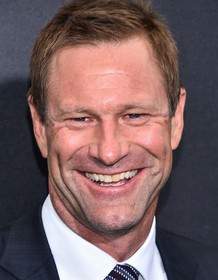
Aaron Eckhart
Jimmy Doolittle

Patrick Wilson
Edwin Layton
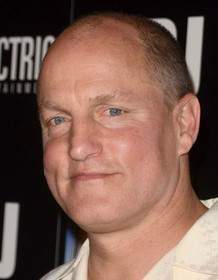
Woody Harrelson
Chester W. Nimitz
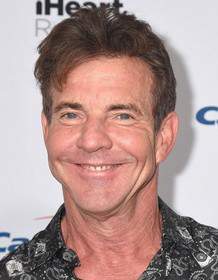
Dennis Quaid
William 'Bull' Halsey

Alexander Ludwig
Roy Pearce
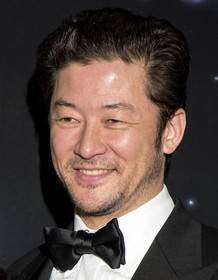
Tadanobu Asano
Tamon Yamaguchi

Jake Manley
Willie West

Mandy Moore
Ann Best

Nick Jonas
Bruno Gaido

Jake Weber
Raymond Spruance

Keean Johnson
James Murray

Cameron Brodeur

Darren Criss
Eugene Lindsey

Greg Hovanessian

James Carpinello
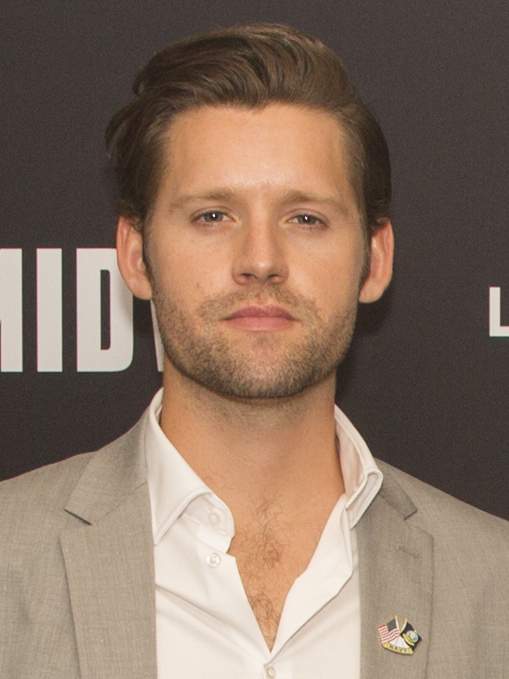
Luke Kleintank
Clarence Dickinson
External Links and Streaming Options
Discover where to watch Midway online, including streaming platforms, rental options, and official sources. Compare reviews, ratings, and in-depth movie information across sites like IMDb, TMDb, Wikipedia or Rotten Tomatoes.
Ratings and Reviews for Midway
See how Midway is rated across major platforms like IMDb, Metacritic, and TMDb. Compare audience scores and critic reviews to understand where Midway stands among top-rated movies in its genre.

The Movie Echo Score
Midway delivers an uneven experience that mixes large-scale spectacle with underdeveloped core elements. The film’s emphasis on action sequences and visual grandeur is frequently highlighted, yet reviewers note a lack of fresh perspective or emotional depth. Pacing alternates between engaging battle set-pieces and stretches that feel overly familiar. While some audiences find it a serviceable tribute to World War II heroism, the overall impact is moderate, yielding a middling impression rather than lasting resonance.
The Movie Echo Score Breakdown for Midway

Art & Craft
In terms of art and craft, the film showcases expansive visual scope and meticulously staged battle scenes, but relies heavily on CGI that many regard as excessive. Direction often favors large-scale spectacle over nuanced staging, leading to moments that feel like an effects highlight reel. Editing lacks consistent rhythm, swinging from measured sequences to abrupt transitions. Overall, the visual craft impresses in set-piece ambition but is outweighed by digital overuse and uneven pacing.

Character & Emotion
When it comes to character and emotion, Midway struggles to cultivate depth beyond surface portrayals. Lead performances occasionally register, particularly in moments highlighting wartime camaraderie, but most figures remain sketches rather than fully realized individuals. Dialogues are described as functional rather than revealing, limiting emotional resonance and chemistry. As a result, viewers may find it difficult to form strong attachments, leaving character work as one of the production’s weaker aspects.

Story & Flow
With respect to story and flow, Midway follows a conventional framework that recounts historical events without significant innovation. Plot coherence is generally maintained, yet the narrative often feels predictable and reliant on familiar war-movie rhythms. Critics point to uneven pacing, where engaging battle set-pieces alternate with stretches of solemn exposition. Originating from a desire to honour history, the storyline provides clarity but lacks moments of genuine surprise or thematic exploration.

Sensory Experience
In sensory experience, the film offers robust sound design and a rousing musical backdrop that underscore dramatic moments. Visual style leans into an immersive depiction of aerial combat and naval engagements, creating an overall cohesive spectacle. However, the heavy use of digital effects can be distracting at times, diluting the impact of practical elements. On balance, Midway achieves a satisfying audio-visual immersion despite occasional overreliance on CGI flourishes.

Rewatch Factor
Regarding rewatch factor, Midway delivers enough large-scale action to warrant a revisit for enthusiasts of battle sequences and historical reenactment. The film’s focus on key moments of naval warfare retains a degree of excitement on repeat viewings. However, the absence of deeper character development and narrative surprises limits its lasting appeal. Viewers seeking emotional nuance may find little new on subsequent viewings, while action fans may return for select set-pieces.

47
Metascore
6.2
User Score


42%
TOMATOMETER

92%
User Score

6.7 /10
IMDb Rating

71
%
User Score
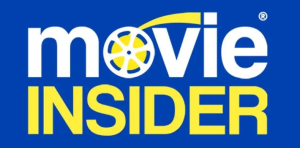
3.97/5
From 67 fan ratings
Take the Ultimate Midway Movie Quiz
Challenge your knowledge of Midway with this fun and interactive movie quiz. Test yourself on key plot points, iconic characters, hidden details, and memorable moments to see how well you really know the film.
Midway Movie Quiz: Test your knowledge on the historical events and characters depicted in the 2019 film Midway.
What event does the film 'Midway' primarily revolve around?
The Battle of the Atlantic
The Battle of Stalingrad
The Battle of Midway
The Battle of Normandy
Show hint
Full Plot Summary and Ending Explained for Midway
Read the complete plot summary of Midway, including all major events, twists, and the full ending explained in detail. Explore key characters, themes, hidden meanings, and everything you need to understand the story from beginning to end.
In 1937, just years prior to the onset of World War II, a crucial conversation unfolds between the US Naval attache in Tokyo and his Japanese counterpart at a pivotal state function. During this meeting, Isoroku Yamamoto (Etsushi Toyokawa), the Commander-in-chief of the Combined Fleet, discreetly warns Edwin T. Layton (Patrick Wilson), an intelligence officer for the US Pacific Fleet, that Japan will take decisive action if their oil supplies are jeopardized.
On December 7, 1941, the Japanese fleet launches a devastating assault on Pearl Harbor, marking the United States’ entry into World War II. In the wake of this catastrophic event, a shake-up in command occurs at Pearl Harbor, as Admiral Chester W. Nimitz (Woody Harrelson) is appointed commander of the severely damaged US Pacific Fleet. Later, Layton confronts Nimitz regarding his inability to alert Washington about the imminent attack, and Nimitz urges him to remain resolute in the face of challenges from command to prevent a repeat of such a surprise onslaught.
Meanwhile, Lieutenant Commander Wade McClusky (Luke Evans) finds himself onboard the USS Enterprise, stationed 170 miles from Pearl Harbor that fateful morning. Fortunately, this strategic positioning spares the carrier fleet from the initial wave of the Japanese attack, thus thwarting their objective to eliminate the US carriers. Among the crew are notable personnel such as Bruno Gaido (Nick Jonas), Lieutenant Clarence Earle Dickinson (Luke Kleintank), Ensign Willie West (Jake Manley), and others.
As the battle rages on, Lieutenant Roy Pearce ([Alexander Ludwig]) stands as the watch officer of the USS Arizona, bravely met with demise amidst the destruction of his ship. In contrast, Vice Admiral William “Bull” Halsey ([Dennis Quaid]) swiftly tracks Japanese carrier movements, grappling with the challenge of pinning down their locations as intelligence reports reveal a full-scale assault from the Japanese fleet.
The Japanese naval leaders express frustration over missed opportunities; Yamamoto is particularly upset with Vice Admiral Chuichi Nagumo ([Jun Kunimura]), who elected not to obliterate the oil tankers at Pearl Harbor, a decision that could have significantly hindered US operations for an extended period.
Transitioning to February 1st, Nimitz propels Halsey’s battle group to assault Japanese positions at the Marshall Islands. Despite being outnumbered and suffering from supply issues, the brave pilots deliver significant damage to Japanese forces. A daring act by Machinist Bruno Gaido helps repel a kamikaze strike, showcasing the resilience of American forces.
In April 1942, post the Doolittle Raid, led by Lieutenant Colonel Jimmy Doolittle (Aaron Eckhart), the Japanese focus shifts towards the Coral Sea. Tensions mount as information leaks concerning the Japanese naval fleet’s movements; cryptologists under Joseph Rochefort (Brennan Brown) start intercepting critical communications tied to a location referred to as “AF”. Layton suspects that this target is in fact Midway Atoll, challenging Washington’s belief that it could be an Aleutian site.
On June 4, the Japanese launch an all-out air assault on Midway. The initial attempts by US land-based aircraft yield no successes, but a US submarine pinpoints a Japanese carrier, albeit missing the shot. As the battle unfolds, C. Wade McClusky leads a drastic offensive against the Japanese fleet, resulting in the destruction of key carriers.
Eventually, amidst heavy combat intelligence, Lieutenant Richard “Dick” Best (Ed Skrein), the executive officer of Bombing Squadron Six, musters a group of remaining pilots to target Hiryu. A crucial hit by Best ensures the destruction of the last Japanese carrier, causing Admiral Yamamoto to order a retreat, effectively ending the brutal Battle of Midway.
In the aftermath, intelligence intercepts confirm Japan’s withdrawal, leading to a pivotal victory for the United States. The narrative culminates with Nimitz’s momentous arrival in Tokyo Bay to accept the Japanese surrender on September 2nd, 1945. The fates of those involved unfold, revealing the consequences of war, including the tragic aftermath faced by those who supported Doolittle’s escape and the legacy of the young pilots like Best, who would never again take to the skies due to a battle with TB, becoming legendary for his unprecedented strike.
Uncover the Details: Timeline, Characters, Themes, and Beyond!
Watch Trailers, Clips & Behind-the-Scenes for Midway
Watch official trailers, exclusive clips, cast interviews, and behind-the-scenes footage from Midway. Dive deeper into the making of the film, its standout moments, and key production insights.
Cars Featured in Midway
Explore all cars featured in Midway, including their makes, models, scenes they appear in, and their significance to the plot. A must-read for car enthusiasts and movie buffs alike.
Movie Themes and Keywords
Discover the central themes, ideas, and keywords that define the movie’s story, tone, and message. Analyze the film’s deeper meanings, genre influences, and recurring concepts.
Similar Movies You Should Know About
Browse a curated list of movies similar in genre, tone, characters, or story structure. Discover new titles like the one you're watching, perfect for fans of related plots, vibes, or cinematic styles.
Quick Links: Summary, Cast, Ratings, More

What's After the Movie?
Not sure whether to stay after the credits? Find out!
Explore Our Movie Platform
New Movie Releases (2025)
Famous Movie Actors
Top Film Production Studios
Movie Plot Summaries & Endings
Major Movie Awards & Winners
Best Concert Films & Music Documentaries
Movie Collections and Curated Lists
© 2025 What's After the Movie. All rights reserved.


